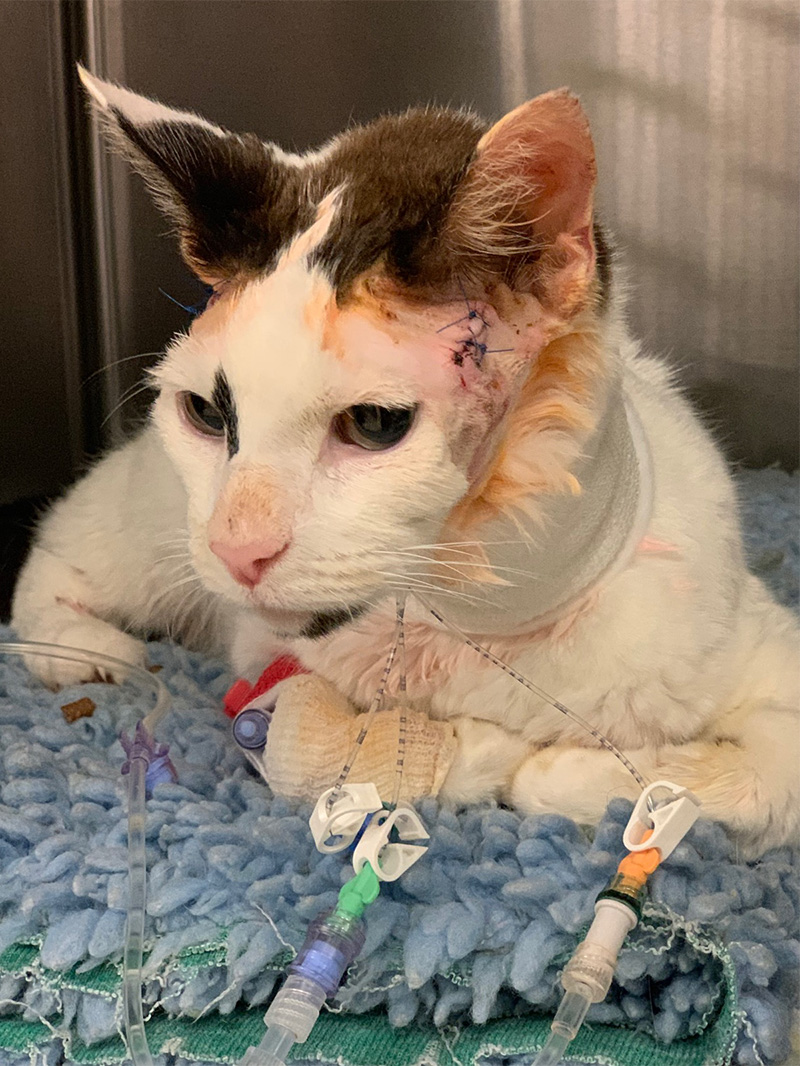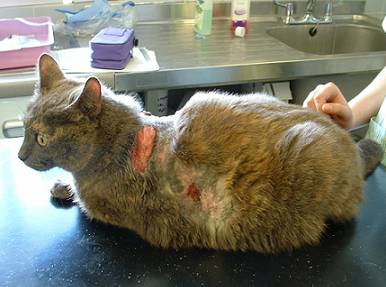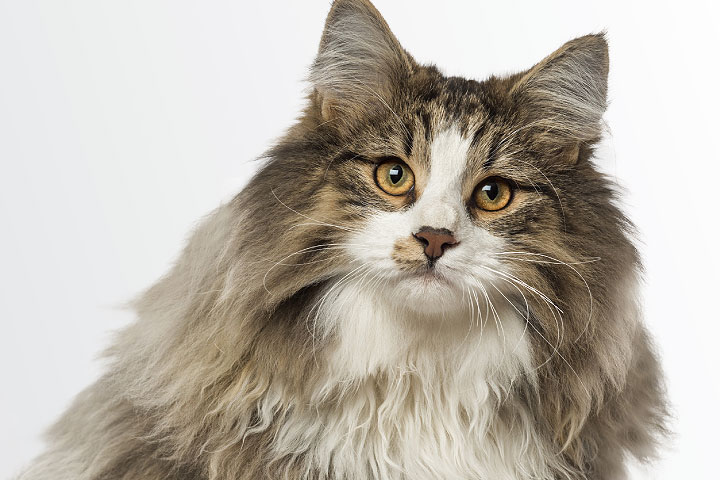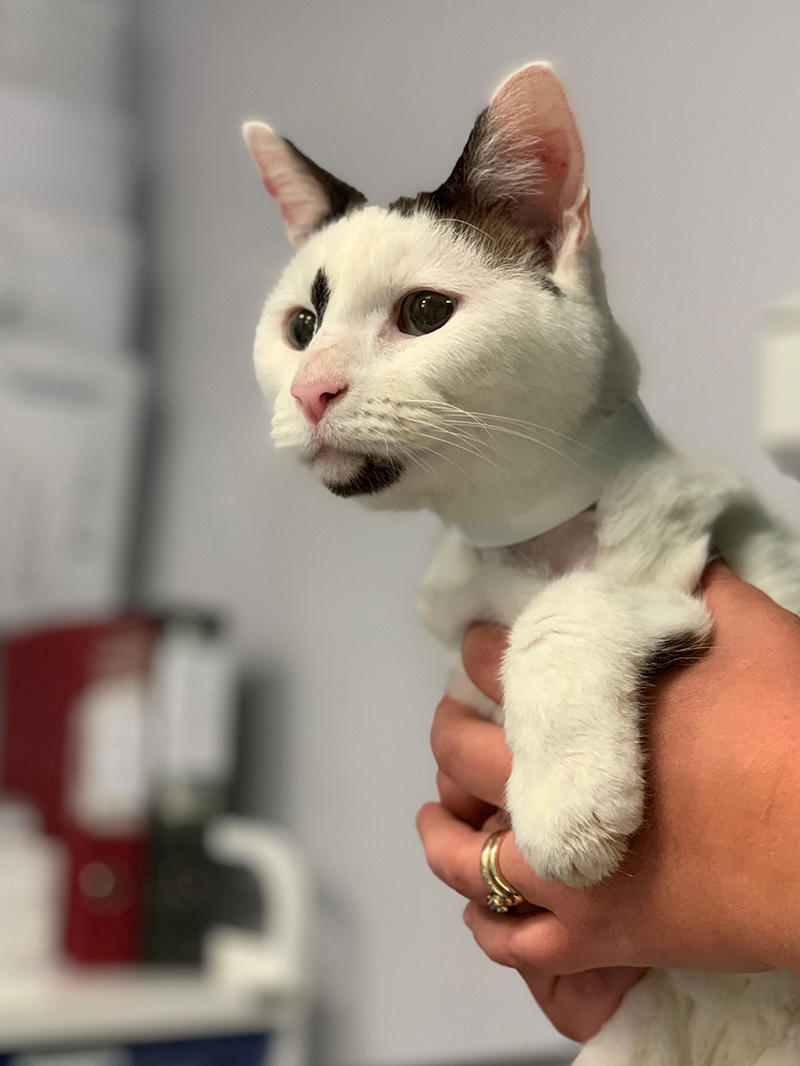acromegaly in cats uk
Acromegaly is characterized by chronic excessive growth hormone GH secretion by the pituitary gland. It is more common in certain breeds than others but this disease is generally quite uncommon.

Pdf Acromegaly In A Non Diabetic Cat
Feline acromegaly is also called feline hypersomatotropism.

. Additionally the ideal treatment protocol has yet to be. Ad Leading brands in stock. One study has shown that one in three diabetic cats in North America suffers from acromegaly induced diabetes¹.
Net weight gain of lean body mass in cats with uncontrolled diabetes mellitus is a key sign of. The prevalence amongst non-diabetic cats is currently unknown although these cats would be expected to become diabetic in the long-run. Acromegaly is the clinical syndrome which results from this with the classic broad facial features prognathia inferior snoring and stertor due to excess tissue growth in the airways myocardial thickening and large paws.
Wwwrvcacuk In the US a result 100 is considered for acromegaly. Therefore polydipsia polyuria and polyphagia are the most common presenting signs. Feline acromegaly occurs in older cats 814 years old and appears to be more common in malesClinical signs of uncontrolled diabetes mellitus are often the first sign of acromegaly in cats.
Acromegaly occurs as a result of excessive growth hormone GH production. Most cats tolerate this treatment very well and have few if any side effects. Another that one in four diabetic cats in the UK is suffering from the same².
Acro meaning extremity and megale meaning great. These often include unusual growths in the cats face abdominal enlargement and cardiomyopathy or heart disease. In a recent study vets were asked to collect blood from diabetic cats to measure how good using IGF-1 Growth Hormone and Fructosamine levels were to diagnose acromegaly.
Sadly the effects on the heart can sometimes be so severe that the cat develops congestive. Hypersomatotropism HS is the excessive production of growth hormone GH by the pituitary gland. Interestingly it can also affect the joints so arthritis symptoms can be seen.
Acromegaly or hypersomatotropism is a disease that derives its name from two Greek words. Feline acromegaly is most commonly caused by a functional pituitary tumor. Unlike growth hormone IGF-1 concentrations are less likely to fluctuate over the course of the day since most IGF-1 is protein-bound giving it a longer half-life in the body.
Acromegaly is a relatively rare hormonal condition. No breed predispositions have been recognised to date. Top Companion Anim Med.
Middle-aged and older male cats are the most commonly affected. Acromegaly should be considered in any diabetic cat with. Prevalence of acromegaly amongst diabetic cats in North America and the UK was found to be around 1 in 4 diabetic cats seen in primary practice.
How Common is Acromegaly in Cats. Fortunately it is considered an uncommon disease although experts feel that it is probably underdiagnosed. JVIM 23 2 243-249 PubMed.
Acromegaly due to excessive hormone production in the brain is more common in cats than dogs. Acromegaly in cats causes multiple complications. Berg R I Nelson R W Feldman E C et al 2007 Serum insulin-like growth factor-1 concentration in cats with diabetes mellitus and acromegaly.
It can be caused by excessive hormone production in the brain or in mammary gland breast tissue. Worming tablets granules liquids and pastes from as little as 078 per treatment. Definitive diagnosis can be difficult because of the gradual disease onset subtle clinical signs unavailability of relevant laboratory tests and client financial.
The disease is typically caused by an abnormal growth or tumor that affects the pituitary gland. Because acromegaly is almost always fatal if left. There is no single diagnostic test for feline acromegaly - a confident diagnosis relies on a combination of clinical signs feline growth hormone and insulin-like growth factor 1 levels and intracranial imaging.
Panacure Drontal Cestem Cazitel. The disease has been known in humans for at least 100 years and has been identified in cats starting in the 1980s. Hypersomatotropism is the preferred term for this.
Cats with acromegaly also seem prone to high blood pressure and rarely the tumour itself can grow so large that it causes changes in behaviour or other neurological signs. Affected cats can develop gradual changes in their appearance but because the. The disease is therefore likely currently underdiagnosed.
In most studies at least 23 cats had improved symptoms and 50-92 had improved control of their diabetes. Serum IGF-1 measurement is the most commonly used diagnostic test for feline acromegaly and is readily available in the United States. Acromegaly is a rare but very dangerous condition that affects cats of all ages breeds and genders.
The source of the growth hormone is a tumor of the pituitary gland. Feline acromegaly is a disease caused by secretion of excessive growth hormone GH. In Great Britain a result 1000 is positive.
Polyuria and polydipsia as well as nocturia and urinary incontinence. The earliest witnessed signs tend to be those of unregulated diabetes mellitus. The average cat survived 25 months after SRT meaning that half of the cats lived a longer time and half lived a shorter time.
Acromegaly should be considered as a possible cause. Dunning M D Lowrie C S Bexfield N H et al 2009 Exogenous insulin treatment after hypofractionated radiotherapy in cats with diabetes mellitus and acromegaly.

Pioneering Hypophysectomy Treatment Reaches 100 Case Milestone

Hyperadrenocorticism Cushing S Disease International Cat Care

Feline Acromegaly Endocrine System Msd Veterinary Manual

Acromegaly In Cats The Veterinary Nurse

Acromegaly In Cats The Veterinary Nurse

Meet The Handsome Senior Cat With Cerebellar Hypoplasia And Acromegaly Who Found A Wonderful Home After His Owner Passed Away

Acromegaly In A Non Diabetic Cat

Acromegaly In Cats The Veterinary Nurse

The Management Of Feline Hypersomatotropism Hs Acromegaly

Acromegaly In Cats The Veterinary Nurse

Acromegaly In Cats The Veterinary Nurse

Pioneering Hypophysectomy Treatment Reaches 100 Case Milestone

Acromegaly In Cats The Veterinary Nurse

Woman Begs People To Stop Blaming Her For Her Fat Cat S Massive Size Metro News

A 17 Year Old Male European Shorthair Cat At Time Of Presentation When Download Scientific Diagram